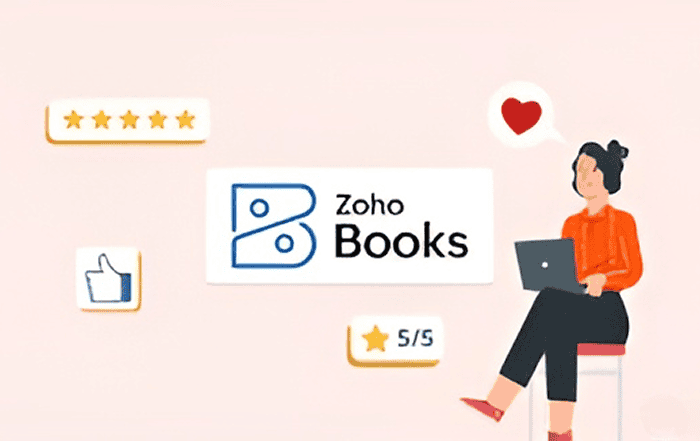
Living the Screen Age
We are yet not aware how quickly the screens have taken over our lives. From an information tool, the screens have become a sole provider of not only information, but also entertainment, connectivity, communication, transactions, controlling, education and even friendship… Today, there is a different screen for every purpose and every need. And we spend hours gazing into them like in and endless pond of the unknown.
“People have always loved watching screens. We have all felt the attraction. In early days of television, before we got a set of our own, I remember the fascination of televisions on display in store windows. Like everyone else, I’d stand on the street gazing in the magic of the moving images and feel the future had arrived.” – Kevin Roberts, CEO Worldwide Saatchi&Saatchi.
But what are we looking at? A better self? More useful information? Our ideal friends, products or services? And with this entire constant screen looking, now more than ever, the content, context and usage of all those screens with skill and creativity has become even bigger of a challenge.
The world revolving around multiscreen

The family of screens has grown multi-numerous. From Totem screens, to Television screen, Computers, Tablets, Laptops, Home theater screen, Smartphones, Gaming consoles, Music players, Movie theatres, Billboard screens, In-flight screens, Car screens, ATM screens, Security screens… We touch them, we tap them, pinch, zoom, swipe… We fully interact with each and every screen around us, drawing everything out from them. They feel real, intimate, they deliver content and at the same time the screens are physical, likeable, they love to play. They have become our loyal companion who tells us stories, makes us connected and most of all, shows us we belong in this world.
“If you can’t deal with screen language, you aren’t literate. – John Seely Brown
Today all publishers, creators and storytellers are speaking the screen language. They are trying to convey the right content for the rights screen day-to-day. And delivering it foregoes knowing the audience, the screen evolvement and creating a superb story.
During this screen evolvement days, the sight, sound and motion have become the best formula for speaking the screen language. Or to put it simple – the video. Videos have become the ideal technique for telling stories. Having something to watch, that has visual content in motion, combined with audio is the absolute best way to deliver the on-screen story. People urge excitement; they are passionate about music, they are attracted by color and motion. And when shaping all the ingredients into one contextually right product, you will easily deliver your message.
Are all screens equal?

Do they look and feel equal? No. Every single different platform has different viewing concepts. The media has dramatically evolved after the “digital” happened. All the new screens that emerge require more and different content. The divergence of screens comes in many different matters, whether is the size, the media, and the purpose which of course dictates the content itself.
Nowadays, as Smartphones has become the backbone of our daily media interactions. They have the highest number of user interactions per day, making the TV the boring screen. Nevertheless, in this digital era, even with this variety of screens, people try to expand even wider and create new media and new innovative ways of spreading their messages. So, not only have the screens evolved. The consumers themselves have also evolved. They’ve developed different consumer needs. They require different storytelling styles. Viewers no longer put up with unattractive content. They want to skip whatever bores them. And over the days, the viewers have become less tolerant to Digital Ads then TV ones. They skip ads or pay premium to have ads free content. The TV content is more often viewed on demand, meaning that the audience that seats passively in front of the TV is constantly lowering.
Can the same video be used in all screens?
The ultimate and most frequently asked question. Whether is an attempt for saving money or time, most of the clients would rather have the same video to be played on all platforms. Is that the right decision? Certainly and absolutely not. The single story creates stereotypes, closed perceptions and the multiscreen world is the utter contrary. Every platform expands to new wealth of possibilities and most importantly they create a unique, direct and emotional connection with the consumers. And not only the context but the duration is also of great importance in video content. As TV charges broadcasting per second and you should optimize your messaging based on the media budgets, the problem on the digital platforms is entirely different. No one watches video content longer than 15 seconds on social Medias. So another problem occurs. Telling your story right and telling it short.

The power of storytelling
As Wittgenstein wrote, “The limits of my language mean the limits of my world.” Great stories are broad yet are easy to understand. Great stories touch us, they are contagious, connect with emotions. They have context, introduce us to great characters, teach us something new, something smart, and open us up to new worlds, especially to the world of our imagination. But all along, every story follows a simple idea: What happens next?
Emotion is what makes a story memorable and inspiring. Stories engage us, feed our curiosity, and make us want to consume more. And the storytelling is just that; creating an emotional experience and passionate commitment between the story and its viewer or the reader.
“There are three rules for writing a novel. Unfortunately, no one knows what they are.” – W. Somerset
In the past years the amount of information that is being communicated on daily basis has overwhelmed the traditional storytelling styles. But thanks to all the exploring possibilities, the new storytellers inquire new answers to the digital age. Their stories are built to overcome the information overload and be placed in the multiscreen as their home. Or as writer Barry Holstun Lopes have said “Everything is held together with stories. That is all that is holding us together, stories and compassion.”
The right video for every viewer
People like to do several things at the same time. Screen experience is really important to them especially when they spend most of their time holding one and receiving all the info from it. But people differently engage digital content. TV watchers are becoming the fading audience beaten by on-the-go generation that consumes as many messages as possible. So what would the right way to deliver the right video to the right viewer?
Emotion. No matter when, no matter what, the video should always have and create a certain emotion. This will further connect your customer to your brand. So, when doing a

video you should always ask yourself is your video enjoyable in all contexts? Does it create and emotional response? Does it have enjoyable yet engaging creative? And believe it or not, the best way to achieve the emotion is with combination of audio and video. Never go mute. And if you do, always use subtitles. It is important yourvideo works on mute. So put supers, eye-catching details. Your viewer should be attracted in the first 3 seconds, or he will continue scrolling on his home page. Another important thing in contextualizing is the video length. The video should never be it longer then is has to be. Attract the viewers in the first 3 seconds and finish your video in 15 to 20 seconds. Be catchy, straightforward and use nice colors and motion. And be smart. Optimize your videos for all the devices you plan to use. Stretch them optimally on how people view it. Think like you are in their mobile devices, tablets and their social medias. And last but not least, use smart branding. Show your brand, product or service in the manner of the platform you set the video for. Be a brand who thinks like its consumers, get close to them and give them exactly what they want.








